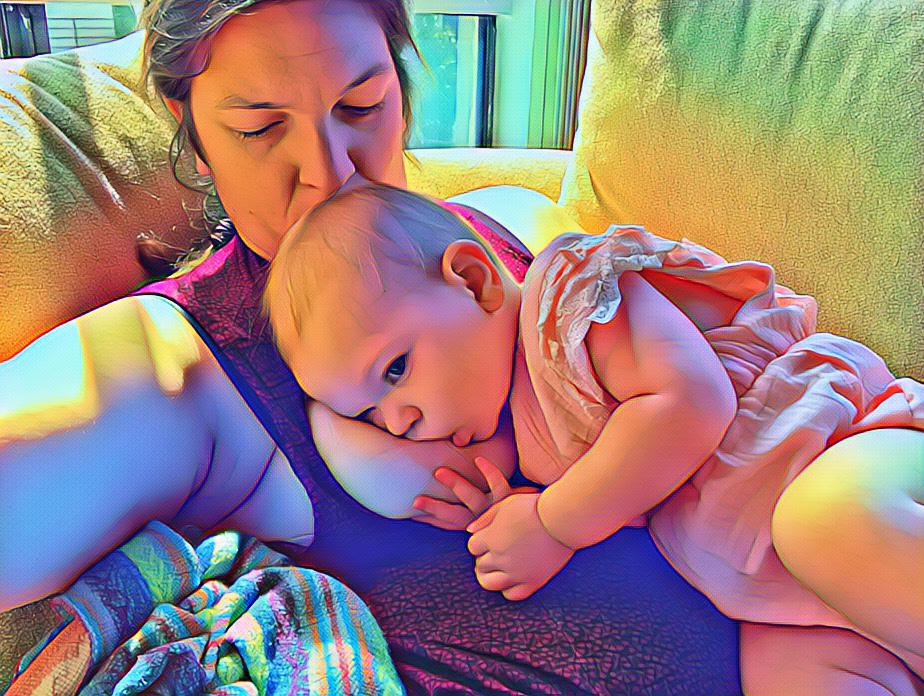
CLUSTER FEEDING. Two words when paired together that drive fear and trembling to parents. Cluster feeding is NORMAL for ALL breastfed babies. It has nothing to do with your supply. It has nothing to do with the clock. It has nothing to do with what you’re eating or drinking or those supplements you just took. It may not even have anything to even do with being hungry. Babies typically cluster feed in the afternoon/evening. When your milk supply naturally and appropriately dips. When your milk is a smaller water concentration with a higher fat content. As long as baby is happy to feed the rest of the day, is making plenty of wet and dirty diapers, is content and sleeping routinely between feedings, and gaining weight over time, DON’T BLAME THE BOOB!! Even if baby seems like they want to feed constantly. Cluster feeding is normal. It typically happens MORE when baby is going through a growth spurt (body growing), developmental leap (mind/skills growing), or teething/illness. Why does baby want the breast more?
• Preparing for a longer sleep: Some babies just prefer to fill up on milk for a few hours before a longer sleep.
• Milk flow is slower at night: Some babies nurse longer to fill up due to the slower flow.
• A growth spurt: they usually occur around 3, 6, and 8weeks of age.
• They need of comfort. Breast milk has hormones to develop baby’s circadian rhythm. At nighttime baby may just seek comfort to help them sleep.
• Developmental leap: Mental and emotional growth spurts when they acquire new skills.
• Baby is sick, thirsty, or teething: breast feeding is a pain reliever, medicine and hydration all in one
Know that it’s normal. Be patient through the process. Be prepared with snacks and water for yourself, a comfy spot, a good pillow for support and the remote and your phone charger close by to get you through. You’re not alone and it doesn’t last forever!!












